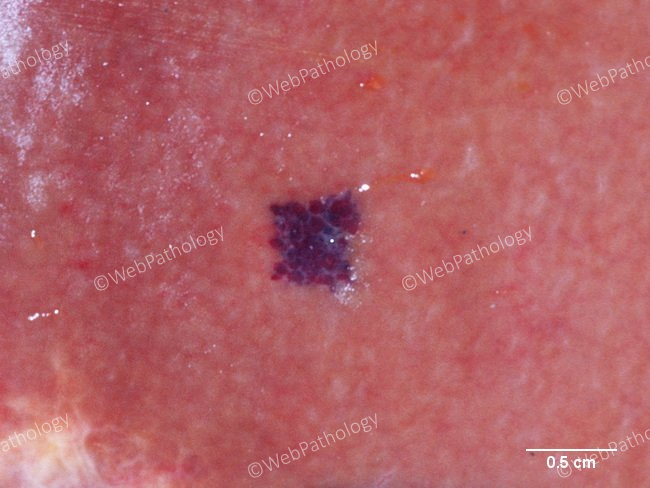Liver Hemangioma : Pathogenesis


Comments:
Pathogenesis: The exact pathogenesis of liver hemangiomas in not known. A subset of cases that occur in families may have an underlying genetic predisposition. Many consider them to be hamartomatous rather than true neoplasms. The tumors can have estrogen receptors and studies have shown an association between hormone exposure/increased hormone levels (e.g. steroid therapy, estrogen therapy, adolescence, pregnancy, or oral contraceptive use) and increased growth of the tumors. Classification: Liver hemangiomas in adults can be broadly classified into two types: cavernous hemangiomas (most common) and capillary hemangiomas. Capillary hemangiomas are small, asymptomatic, may be multiple, and located peripherally. Cavernous hemangiomas are larger, solitary masses that are more likely to produce symptoms. Tumors in the pediatric age group are classified into congenital hemangioma and infantile hemangioma subtypes (formerly called infantile hemangioendothelioma of liver).



